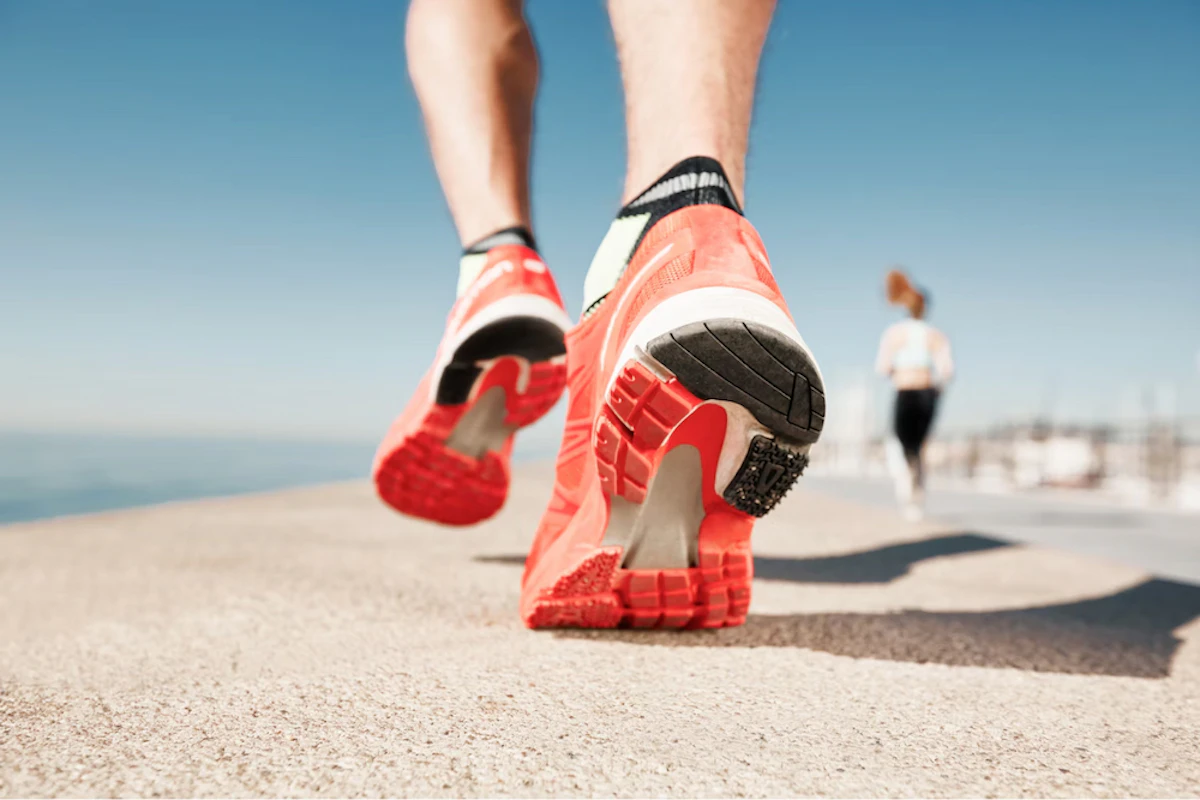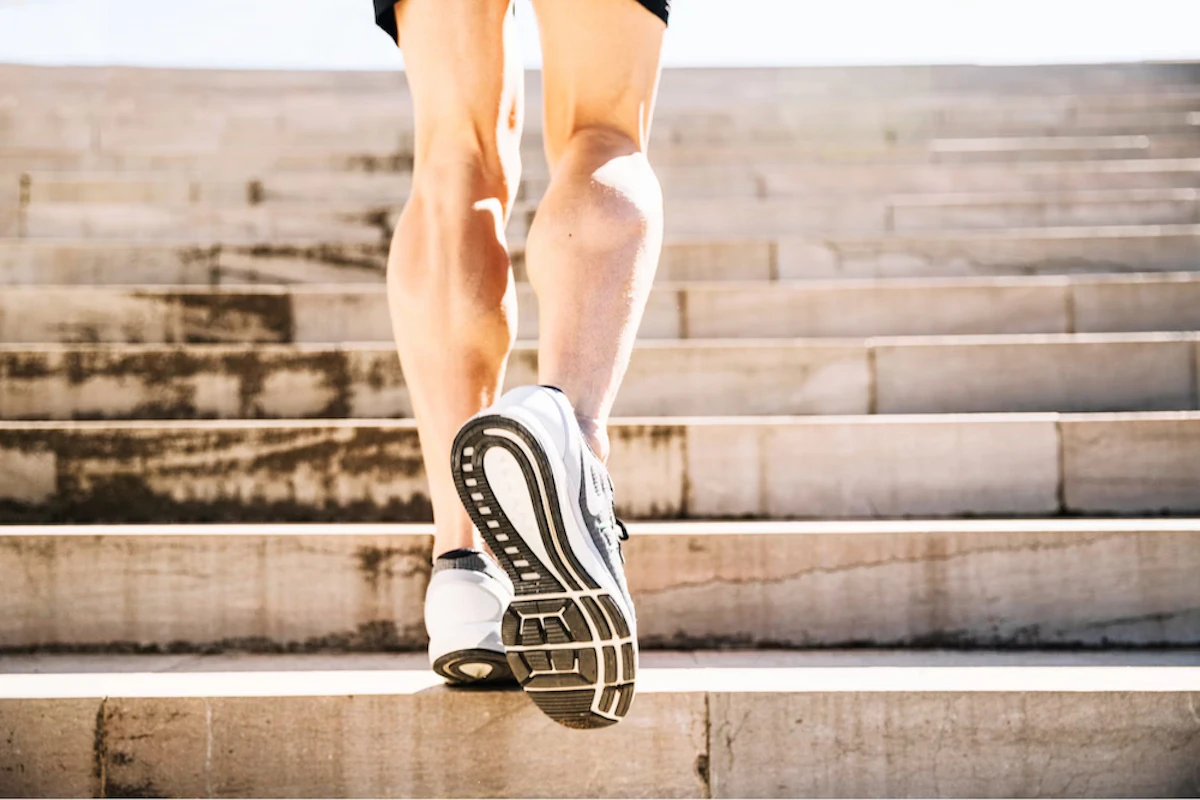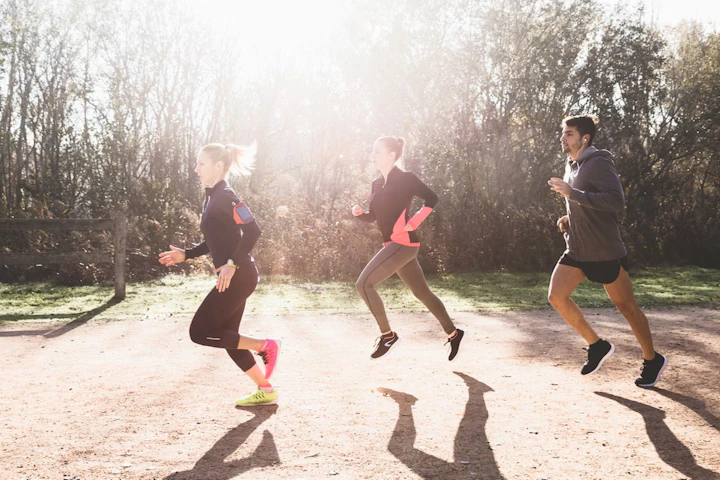What is the Drop in running shoes

5 min read
Summary
What is the drop of a running shoe?
The definition of drop
Drop categories for running sneakers
drop 0 mm: flat drop
drop 0-5 mm: low drop
drop 6 mm-10 mm: standard drop
drop > 10 mm: high drop
What is the impact of a shoe's drop?
Impact on stride?
Impact on performance?
Impact on injuries?
Can you easily change the shoe drop?
Rule #1: gradual change
What is the ideal drop?
What recommendations for choosing your running shoes?

Receive advice from our passionate coaches!
When choosing your brand new pair of running shoes, there are several factors to consider in order to buy the pair that suits you best. The drop is one of the technical features of a running shoe. What exactly is it? Is choosing the drop really that important? Will it have a direct impact on your stride, performance, or injury risk? We're going to tell you all about it.

What is the drop of a running shoe?
The definition of drop
The drop is the difference in height between the thickness of the heel sole and the forefoot thickness (toe starts' supporting point) of a running shoe. It is expressed in millimeters. For example, a drop of 10 mm means your heel is elevated 10.
Drop categories for running sneakers
Drops of shoes can be classified into four categories:
drop 0 mm: flat drop
A 0 mm drop means your foot is flat, as if you were barefoot. Drop 0 is often associated with so-called minimalist shoes. However, this is only one of the five criteria that define the minimalism of a shoe (others include weight, heel thickness, shoe flexibility, technologies present like stability technologies). Minimalism aims to get closer to the natural stride.
drop 0-5 mm: low drop
Shoes with a low drop, less than 4 or 5 mm, tend to promote a forefoot strike. In general, these are models more adapted for fast workouts.
drop 6 mm-10 mm: standard drop
This drop range is the most common in running shoes, whether intended for training or competition. It corresponds to a wide majority of runners. Almost all carbon shoes models fall into this category.
drop > 10 mm: high drop
Nowadays, fewer and fewer shoe models have a drop greater than 10 mm. High drops favor a heel strike. Nevertheless, shoes with a significant drop can be useful during recovery after an injury to the calf or hamstrings as they put less strain on the posterior chain.
What is the impact of a shoe's drop?
Impact on stride?
A low drop promotes a forefoot or midfoot strike. This strike is beneficial for energy return and generates less joint impact. However, by bringing your heel closer to the ground, such low-drop shoes increase the strain on your Achilles tendons, calves, and possibly hamstrings. You should therefore use them with caution if you have weaknesses in these areas.
Conversely, a high drop will favor a heel strike. This means that you land with your heel first before rolling your foot. The natural cushioning of your posterior chain is less engaged and impacts with the ground result in larger shocks, more mechanical stress on your knees, hips, and back.
Impact on performance?
No, no study has demonstrated an effect of drop on running performance. The factors of a shoe influencing performance are weight, cushioning, and the energy return provided by the foam + carbon plates combo.
We observe that competition shoes with carbon plates praised from 10km/6,21 miles to marathon have drops ranging from 5 to nearly 10mm, with no notable influence on performance:
Adidas Adios Pro Evo 1 and Adidas Adios Pro 3 (drop 6 mm), Asics Metaspeed sky+ and Paris (drop 5 mm), Hoka One One Rocket X2 (drop 5 mm), Nike Alphafly 3 and Vaporfly 3 (drop 8 mm), On Running CloudBoom Echo 3 (drop 9.5 mm), Salomon Slab Phantasm 2 (drop 9 mm), Saucony Endorphin Elite (drop 8 mm).
The main shoes with carbon plate
Shoes | Adidas Adios Pro Evo 1 | Adidas Adios Pro 3 | Asics Metaspeed sky+ | Asics Metaspeed Paris | Hoka One One Rocket X2 | Nike Alphafly 3 | Nike Vaporfly 3 | On Running CloudBoom Echo 3 | Salomon Slab Phantasm 2 | Saucony Endorphin Elite |
|---|---|---|---|---|---|---|---|---|---|---|
Drop | 6 mm | 6 mm | 5 mm | 5 mm | 5 mm | 8 mm | 8 mm | 9.5 mm | 9 mm | 8 mm |
In theory, a heel strike tends to generate more shocks and hinder the running movement. In practice, this is not always verified. Very high-level runners perform with a heel strike. What matters most is not the type of strike but where you place your foot. You should avoid placing your foot too far in front of your pelvis, which limits your power on impact and leads to longer ground contact time.
Impact on injuries?
In 2016, a Luxembourg researcher, Laurent Malisoux, published a study on the effect of drop on the risk of injury. To do this, he randomly distributed three versions of shoes with standard cushioning but different drops (0, 6, and 10 mm) to 553 runners. After six months, no difference was observed between the three groups. However, he found that among occasional runners (weekly practice < 6 months per year), the risk of injury was reduced with a drop of 0 or 6 mm. Conversely, among regular runners, the risk increased with a drop of 0 or 6 mm.
The conclusion of this research is that drop could influence the occurrence of injuries depending on the runner's profile. Experienced runners accustomed to a high drop should be particularly cautious when transitioning to a lower drop shoe.

Can you easily change the shoe drop?
Rule #1: gradual change
Avoid changing drop too quickly and especially, question the need for this change. A great gradualness is necessary if you feel the desire or need to change drop. It's risky to drastically decrease drop without following intermediate steps.
Indeed, your body needs time to adapt to these new mechanical constraints. Habit change modifies how you run, transferring stress to other tissues that are less well-adapted.
In practice, the decrease in drop must be gradual. If you are used to wearing shoes with a 10 mm drop, do not switch directly to a drop of 4 mm or less. You are advised to go through an intermediate drop, or start with very short sessions using your new shoes.
What is the ideal drop?
There is no ideal drop overall. The right drop is primarily the one that matches your natural biomechanics and does not cause injuries.
Be pragmatic. If you've been running with the same type of shoes for years without injury, then don't change your habits.
Conversely, if you often suffer from injuries, considering a drop change is worth exploring. For example, if you have recurring knee pain, then a drop reduction combined with posterior chain strength & conditioning could relieve mechanical stress on that part of the body.
If you start running, it's in your best interest to wear shoes that disrupt your natural biomechanics as little as possible and hence avoid high drops.
What recommendations for choosing your running shoes?
If you're wondering about the features of your next pair of running shoes, the top priority should be comfort. Your shoes should be comfortable as soon as you put them on. You shouldn't feel any pressure points. Fit varies among models and brands. It's your job to find the one that suits you best by trying out several models.
Of course, if you're aiming for performance in running, weight, dynamism and energy return are very important criteria. This applies to all distances, from 5 km/3,11 miles to marathon. As the distance increases, prioritize comfort. In recent years, next-gen foams have achieved a good balance between these criteria, while adding a good dose of comfort.
Understanding heel drop, measured in millimeters, is vital when choosing your running footwear. It signifies the difference in stack height between the heel and forefoot, directly influencing how your foot hits the ground. While a higher drop shoe can feel familiar, akin to walking in slight high heels, moving towards lower or zero drop, like in barefoot running, alters your foot strike and the load on your knees and hips. There's no single "best" toe drop for every runner, whether on road or in trail running. The key is to find shoes with a higher or lower drop that aligns with your natural mechanics and comfort, ensuring your feet touch the ground in a way that optimizes efficiency and reduces injury risk. Choose wisely to enhance your running experience.










